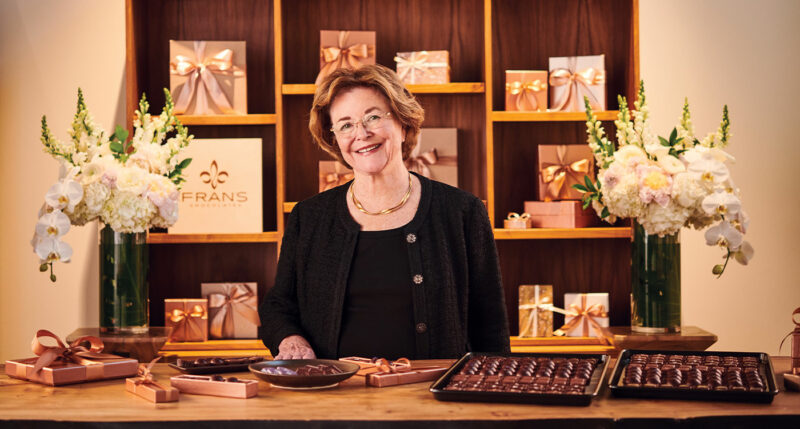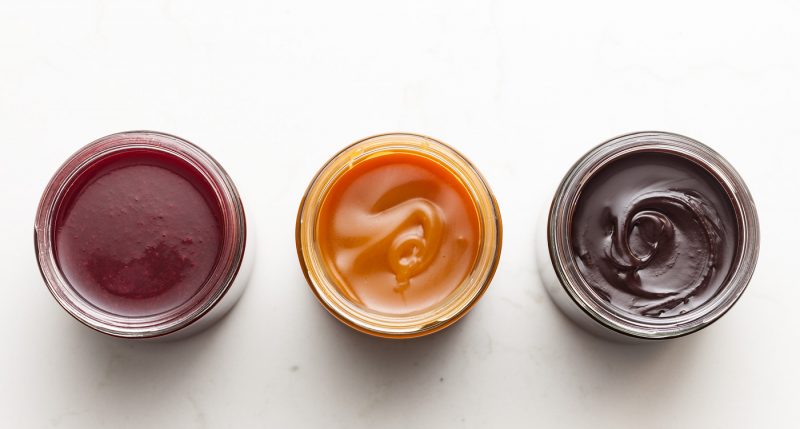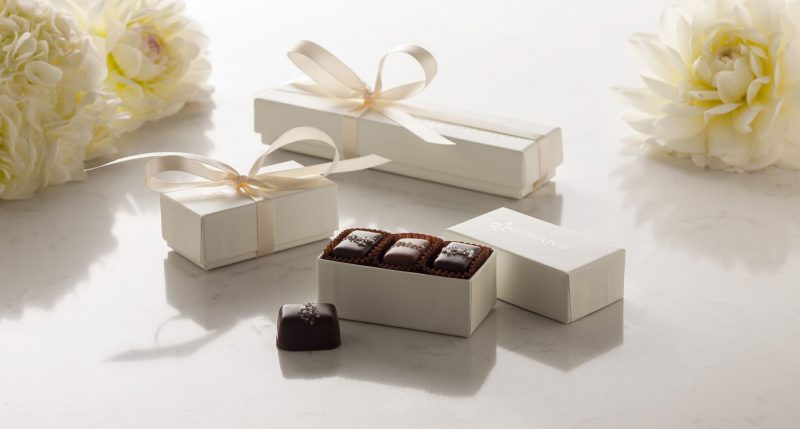Since preferences are very personal, taking the time to discern the subtle differences among chocolates is a prerequisite for the serious aficionado. Here are some of Fran Bigelow’s favorite ways to enjoy chocolate.
Hosting a Chocolate Tasting
When exploring different types of chocolate, it’s great fun to invite over a group of friends who are as dedicated to the pursuit of pure chocolate knowledge as you are. Then, you can share your thoughts and impressions together, and no one can accuse you of hoarding your chocolates!
Each chocolate maker has a unique style that can best be understood by tasting samples side by side. Chocolate tastings can be done in a number of ways including grouping, cacao percentages, place of origin, or by a single producer.
To host a chocolate tasting, have on hand a selection of plain, thin bars meant for eating. These bars can range in cacao content from around 40 percent for a premium milk chocolate to about 80 percent for a fine bittersweet.
Set up a table with sheets of parchment paper, then unwrap the chocolate bars and arrange according to cacao percentages, from the highest to lowest percentage. In a journal, make note of the brand, origin, percentage, any other details of each chocolate bar, and the order in which the bars will be tasted; tuck this journal away until after the tasting.
Provide your fellow tasters with pitchers of room-temperature water for palate cleansing between chocolates. Strong flavored beverages, like coffee or wine, will mask the character of the chocolates and cloud your ability to truly taste.
Take your time making your way through the chocolate selection you have gathered. The tasting process should not be rushed, as flavors will develop and open with time. Pause at each step in the tasting process to allow yourself to fully experience each chocolate.
After making your way through the tasting and discussing the flavors and qualities you each have discovered, take out your journal to reveal the details of the selected chocolates to the surprise and delight of your friends.
Continue to taste, reflect, and experiment as often as you can — consider it the icing on the cake in your chocolate education!
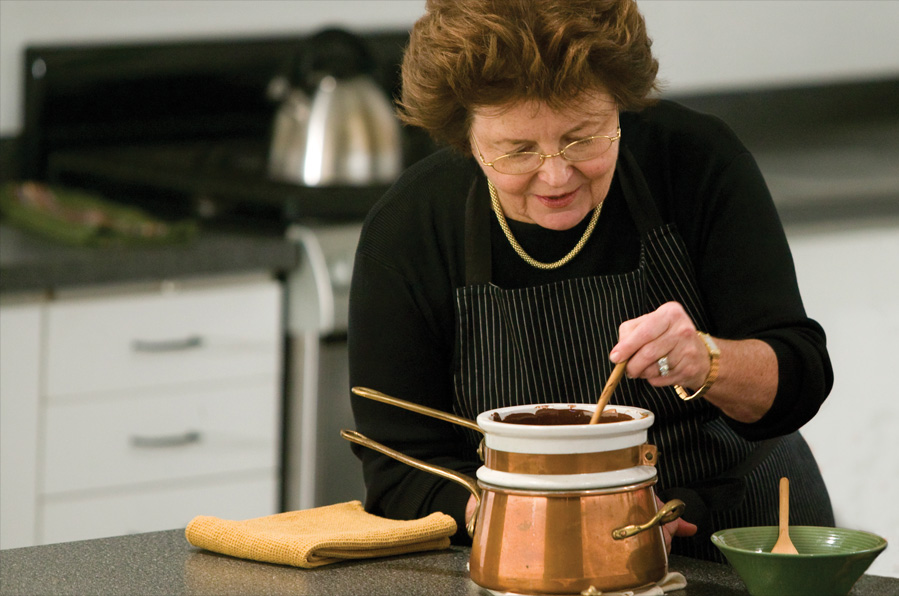
A Guide to Tasting Chocolate
How to taste and savor the delicate textures and flavors of fine chocolate.
Proceed deliberately and with great awareness. Go step by step and use all of your senses — take time to see, hear, feel, smell, and taste to fully relish the true character of chocolate. Unlike wine tasting, where you move from light to dark (or white to red), with chocolate, begin with the darkest, most bitter chocolates and work your way to the lightest and most sweet.
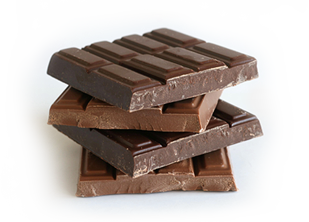
As you taste more and more chocolate, it can be helpful to keep a notebook of your impressions of the aromas, textures, flavors, and lingering notes that you experience. Most important, stock up on a few of your new-found favorites for your private nibbling stash!
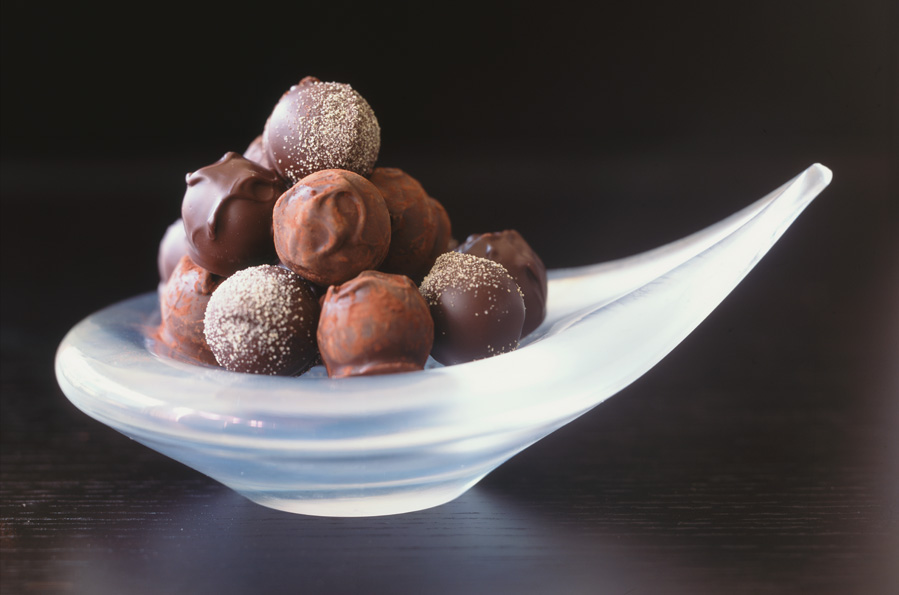
How to Taste a Truffle
Eating fine chocolate deserves your serious attention. From someone for whom tasting truffles is all in a day’s work, here are Fran’s recommendations for total truffle-eating pleasure.
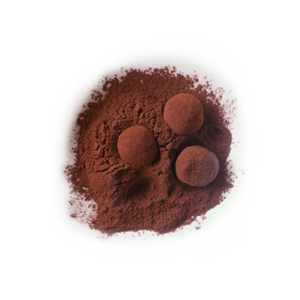
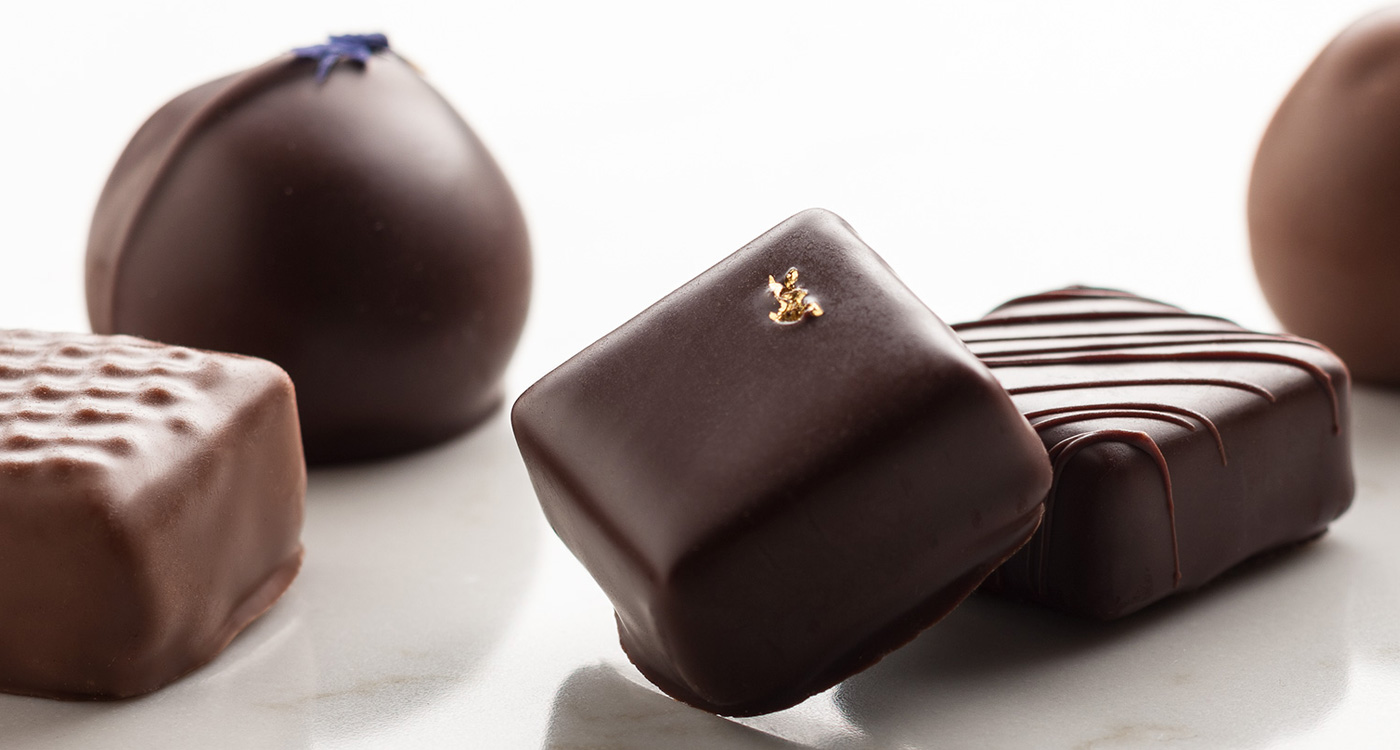

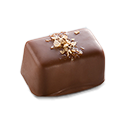 Gray & Smoked Salt Caramels
Gray & Smoked Salt Caramels Assorted Truffles
Assorted Truffles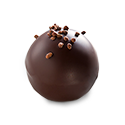 Chocolate Imperiales
Chocolate Imperiales